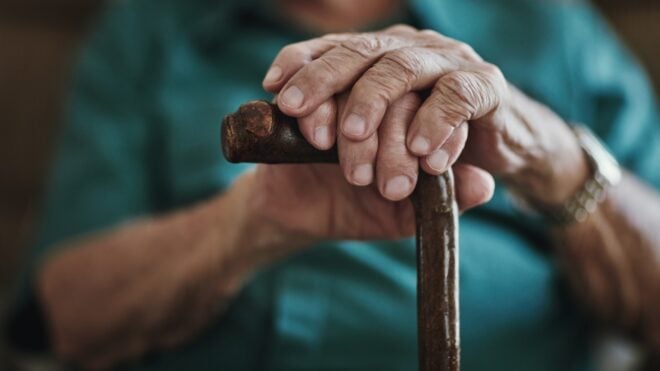You might have inherited more than a few pieces of Depression glass from your family over the years, but do you know the history behind it? Or how much it might be worth to you today?
I know I've seen tons of plates, bowls, and other kitchenware made of the cheap glass material that became so popular during the Great Depression. That said, I had no idea there was such a fascinating story behind each item before it made its way to my grandma's kitchen table.
For example, did you know they were manufactured before the economic struggles even really hit America in 1929? And you definitely need to know how to discern a reproduction from the real deal if you're thinking of selling any of your family's collection.
Thanks to the information provided by the National Depression Glass Association, you can learn all the facts about colorful Depression glass that most folks have never heard.
And don't forget to SHARE all the information with your friends on Facebook!
1. Production Started Before The Great Depression
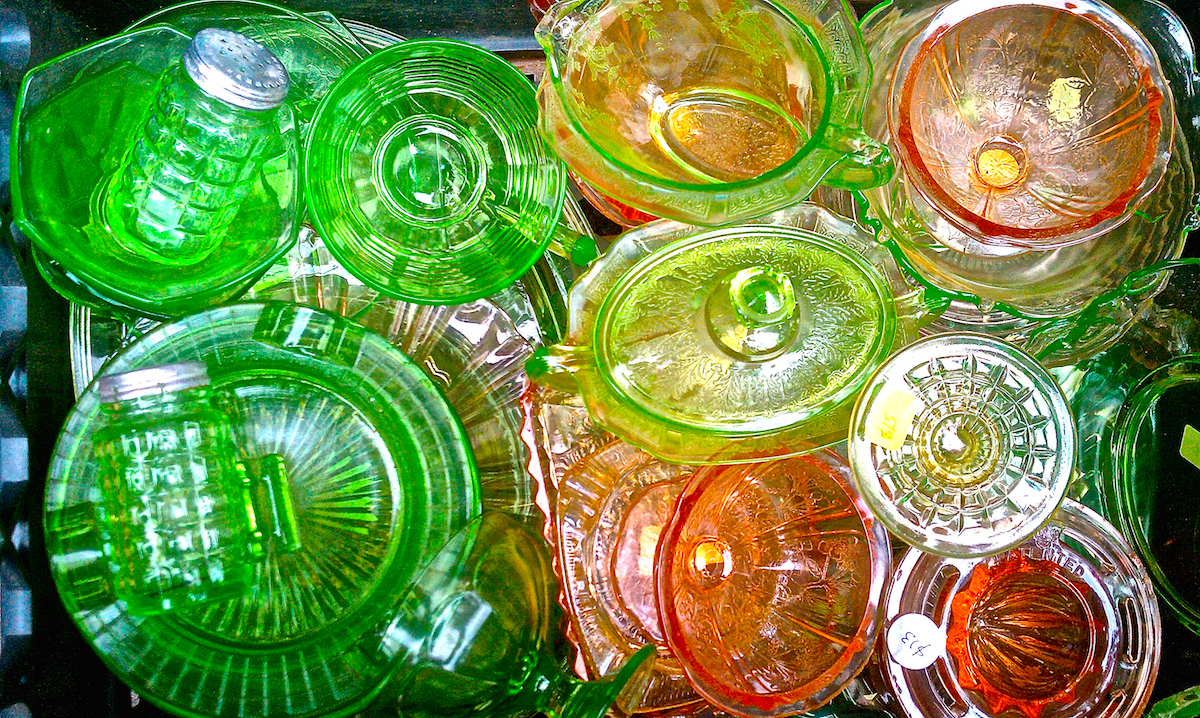
The Great Depression technically spans 1929 to 1939, but manufacturers were already making use of this cheap material in the mid-1920s — and continued until after World War II.
2. Pieces Have Plenty Of Imperfections
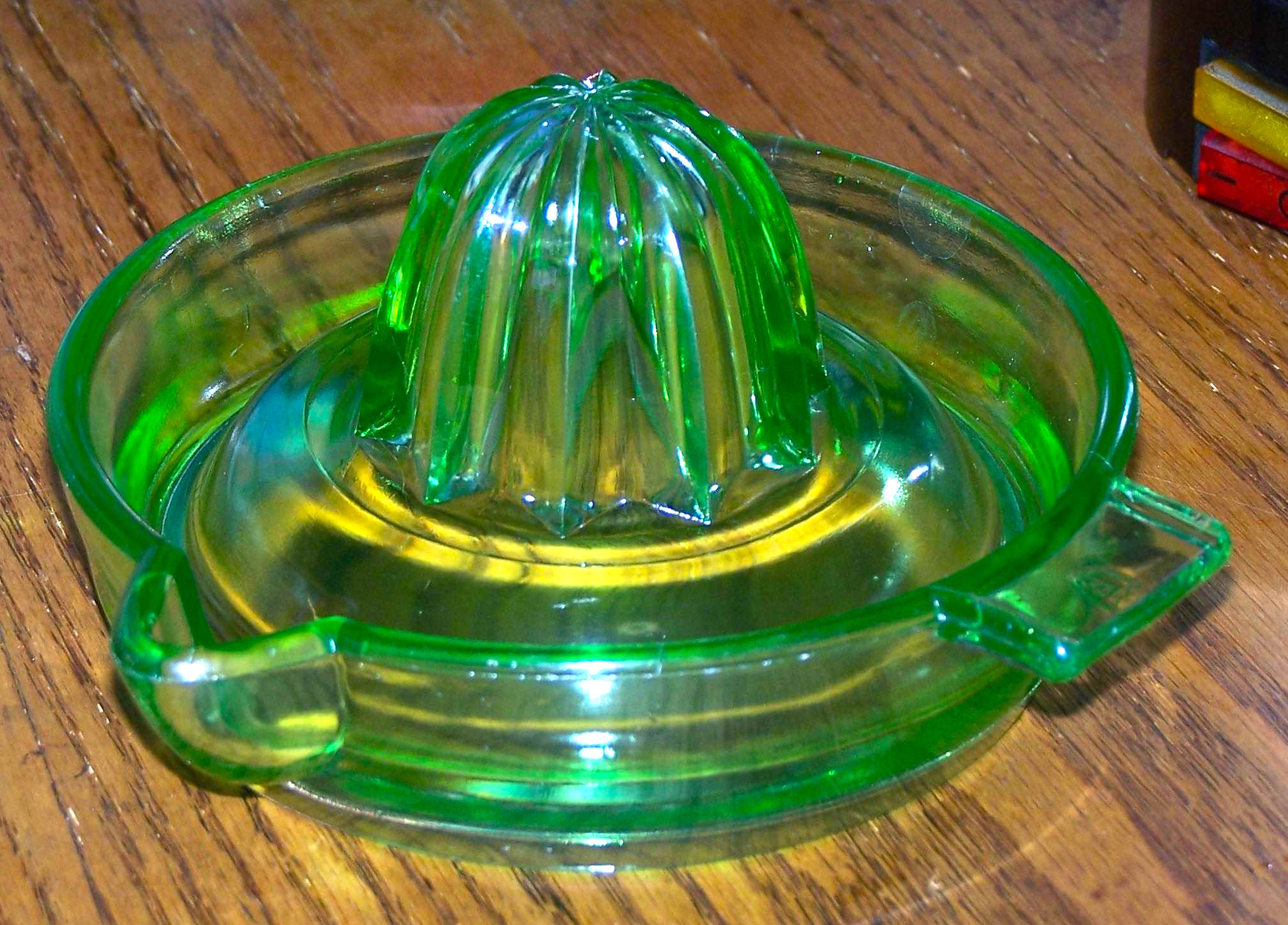
One of the most difficult aspects of collecting and maintaining Depression glass items is the fact that they were often made in a hurry and included flaws that make upkeep frustrating.
Things like air bubbles and heavy mold marks are common.
3. There Were Fancier Options
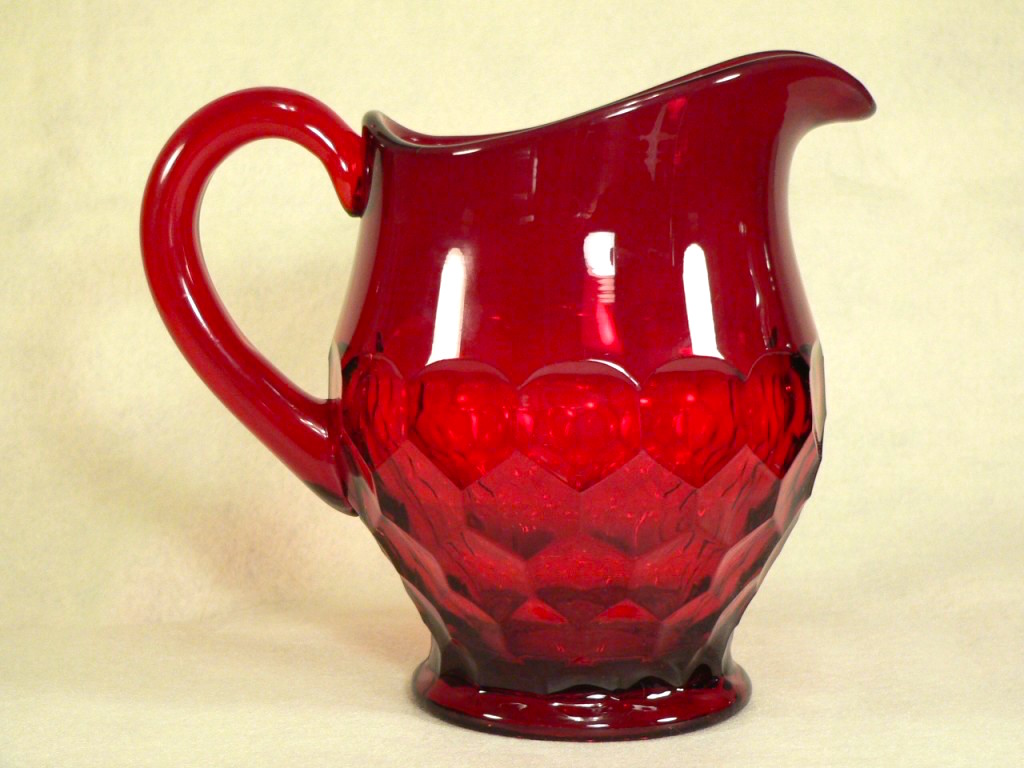
According to Gene Florence, one of the most well-respected authors on the subject, there were two types of glass from the era: Elegant Glass and Depression Glass.
As the name implies, the Elegant Glassware was given extra finishing touches, like fire polishing or grinding the bottoms, so they would sit completely flat. Only a few "hand" houses went so above and beyond with the plates and such.
4. They Were Often Gifts With Purchase
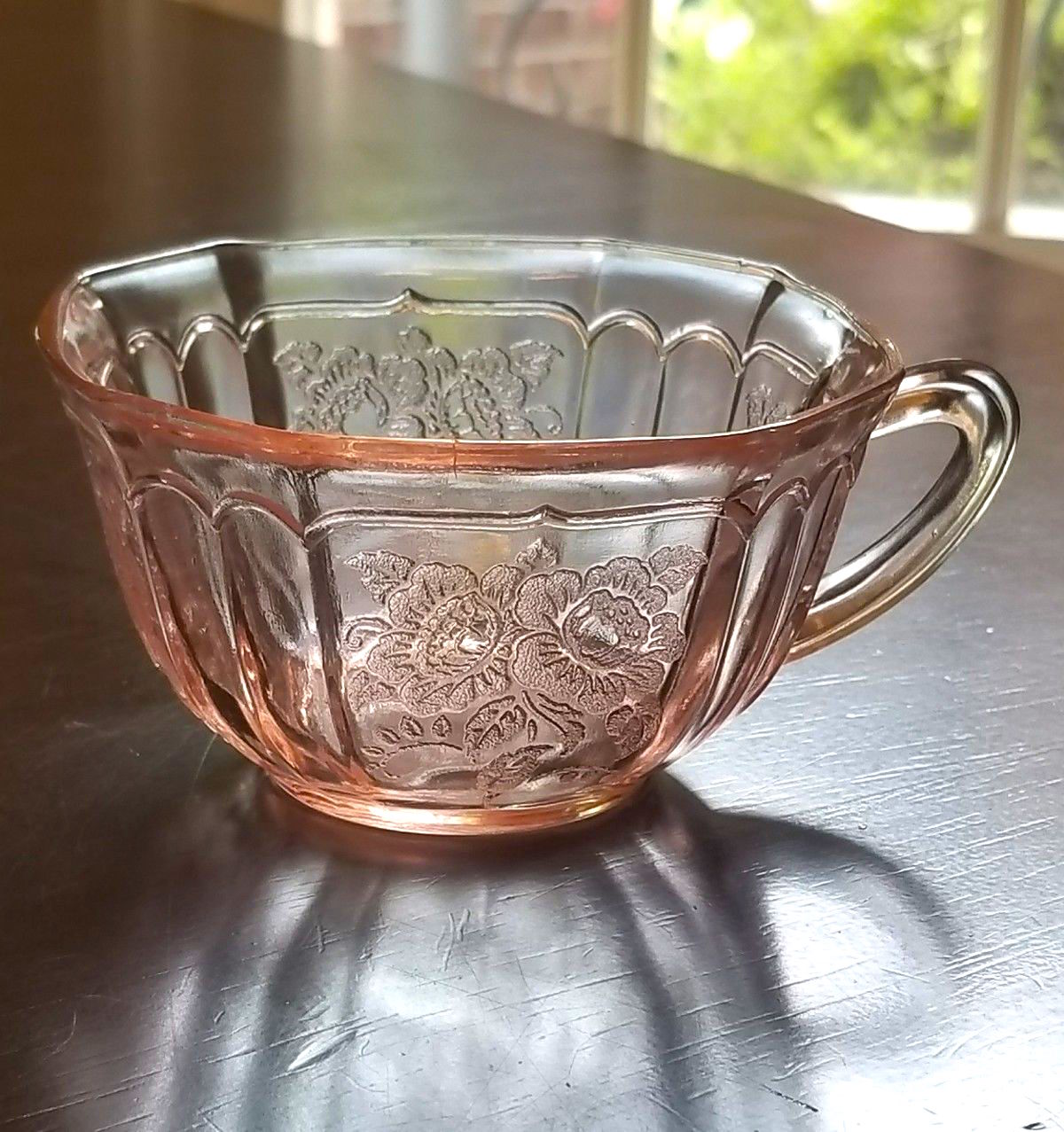
Movie theaters, gas stations, and even cereal boxes offered the cheap wares — like this pink coffee cup — as incentive to maintain loyal customer foundation throughout the lean years.
5. Unpopular Colors Have Become Sought-After Collectibles
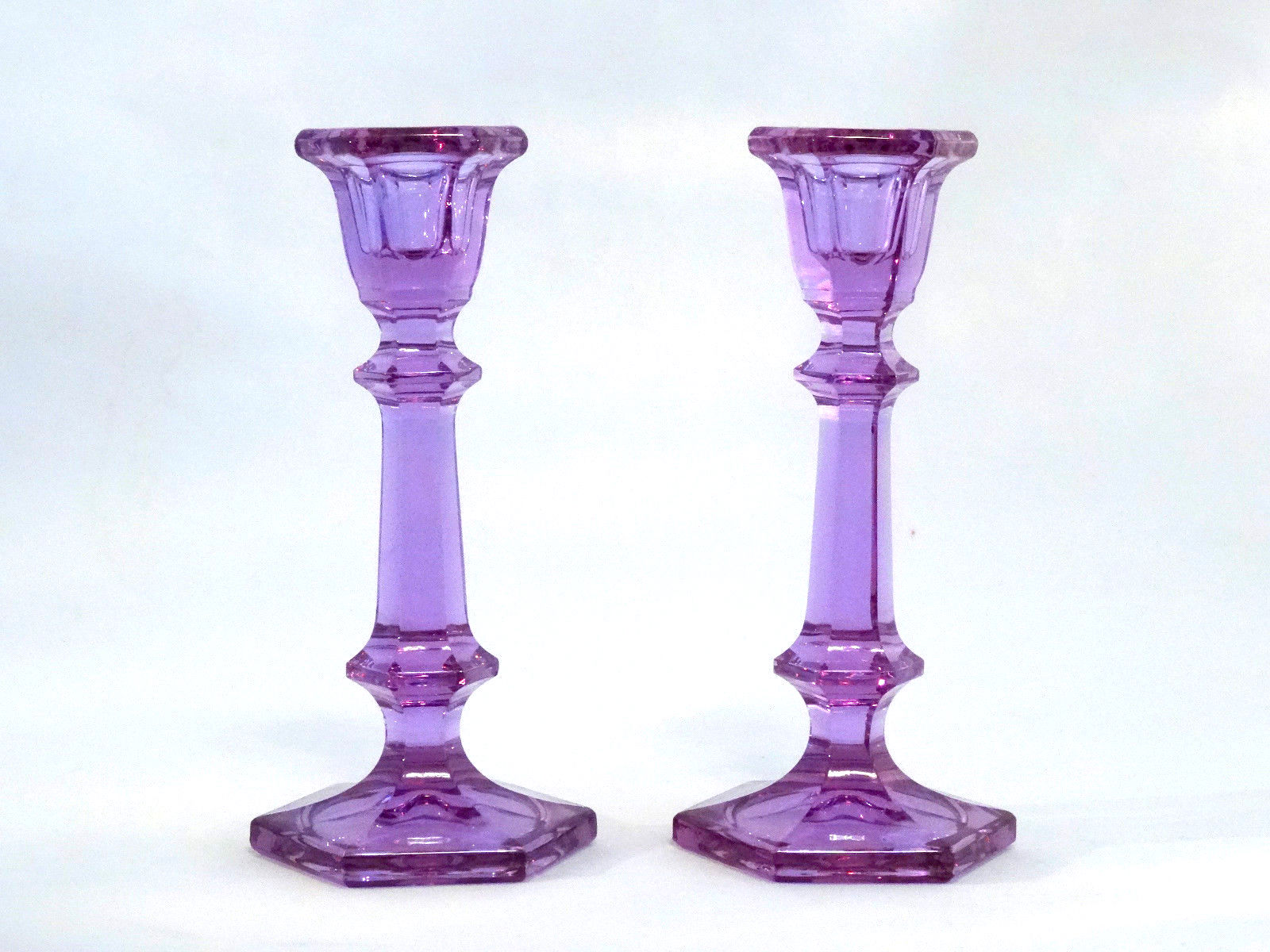
Because of the short-run of hues like tangerine orange or "alexandrite," a lavender shade that appeared to change color in different light — like the candlesticks shown above — those have also become the most profitable finds for collectors, thanks to their rarity.
6. Yellow Was The Most Popular Color
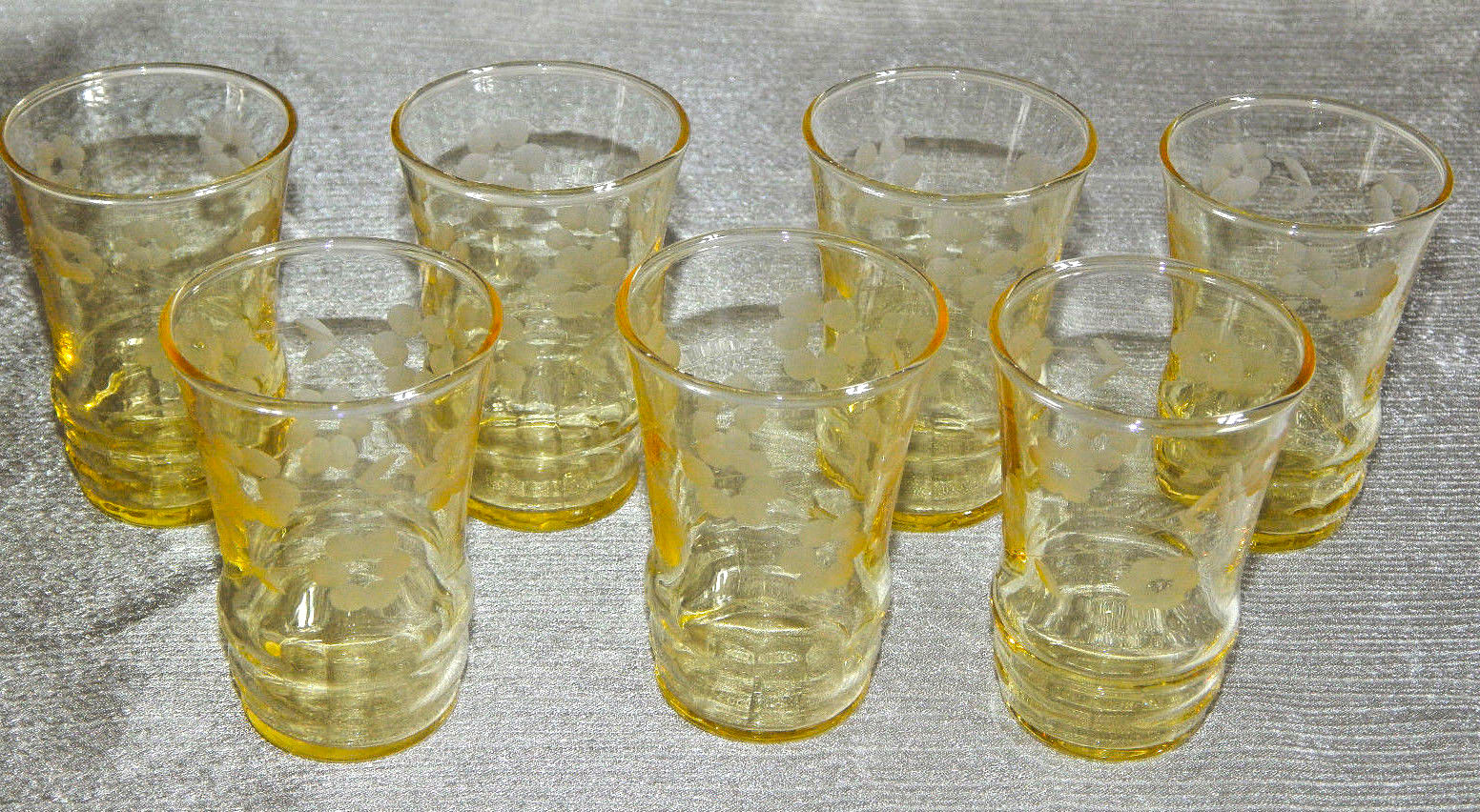
This has made them the least profitable shade over the years, with collectors focusing more on glass that is colored pink, blue, and green. It's the reason you rarely see yellow or amber hues like the glasses shown above up for sale.
7. They Were Sometimes Sold By The Barrel
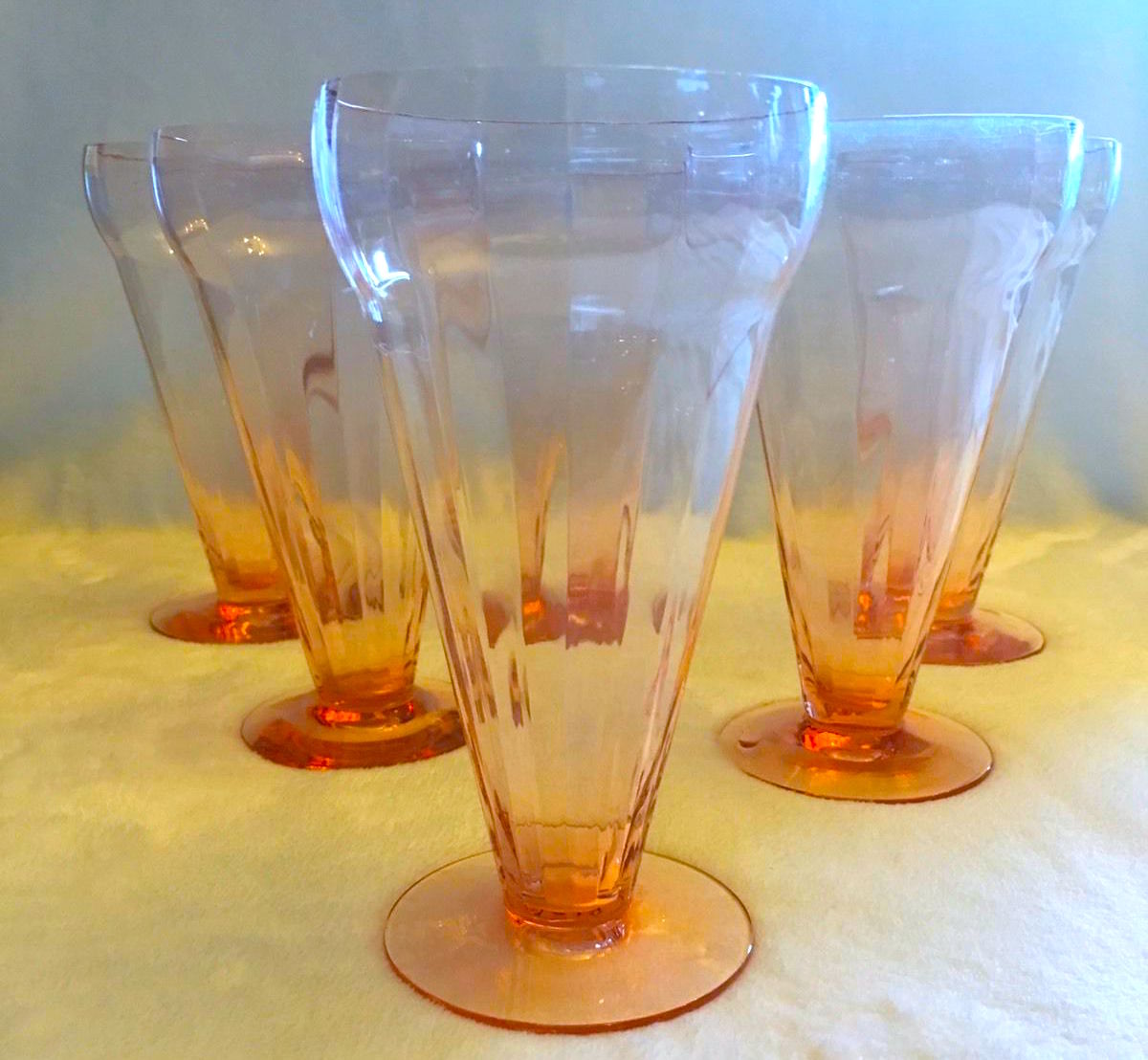
When they weren't being given away with the purchase of another item, they were usually sold in sets of at least six, like these lovely sundae glasses. Other vendors offered deals on however many plates, cups, and more they could stuff into a barrel.
On average, a family could purchase a dozen for less than $2.
8. There Are Nearly 100 Major Patterns
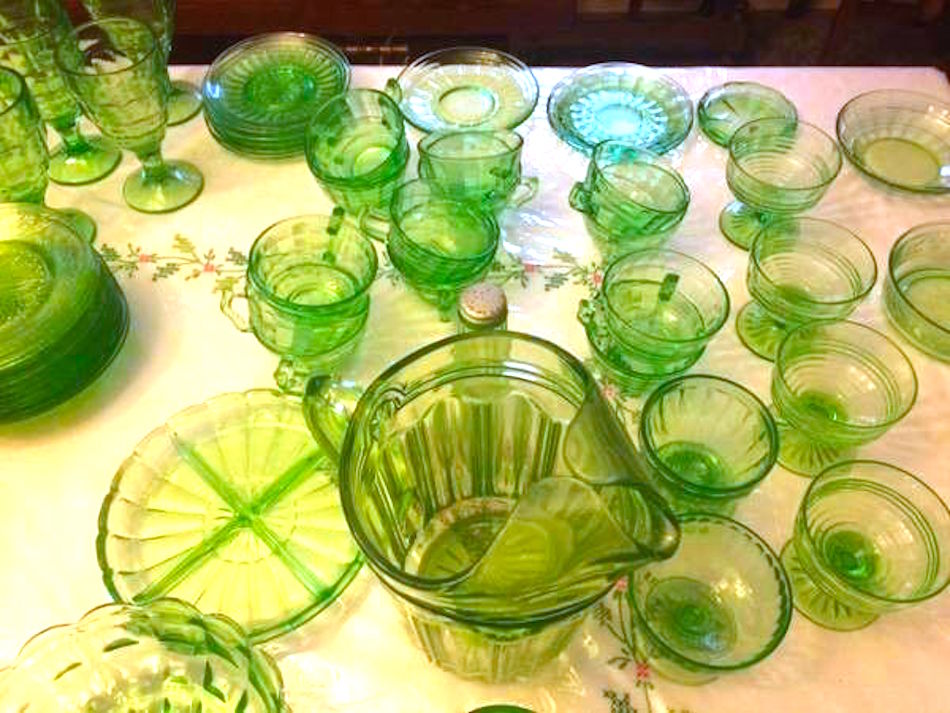
As you can tell from the group of designs shown above, several companies like Jeannette and Anchor Hawking created roughly 92 of the most popular patterns found across the country between 1923 and 1940, according to the National Depression Glass Association.
A few of the most sought-after patterns today include Mayfair, American Sweetheart, and Royal Lace.
9. The Glass Can Get "Sick"
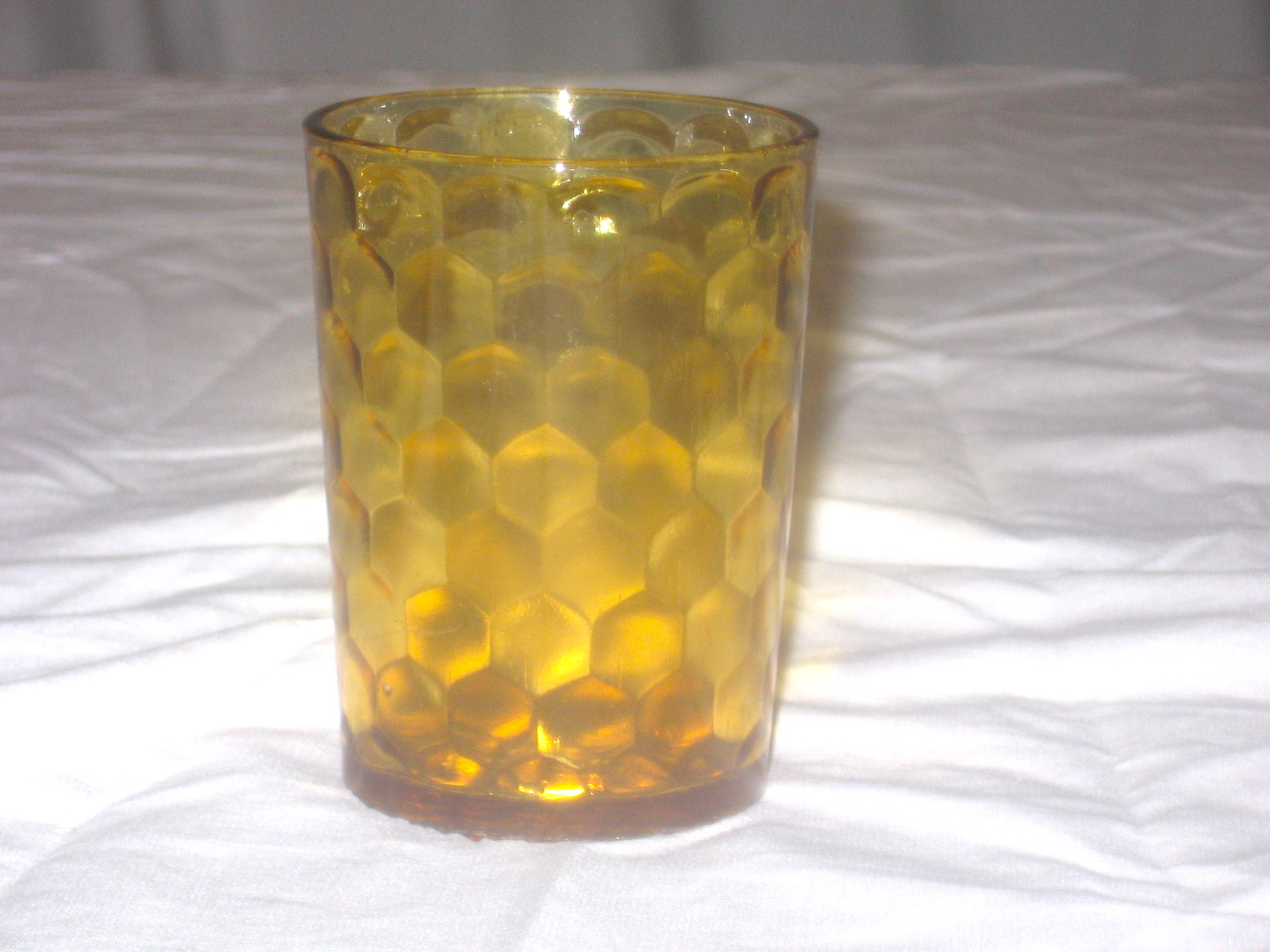
Automatic dishwashers give the glass a cloudy appearance known as "sick" glass. Unlike water stains, this is a permanent flaw that cannot be buffed away and greatly reduces the ability to sell a piece.
10. You Shouldn't Be Fooled By Reproductions
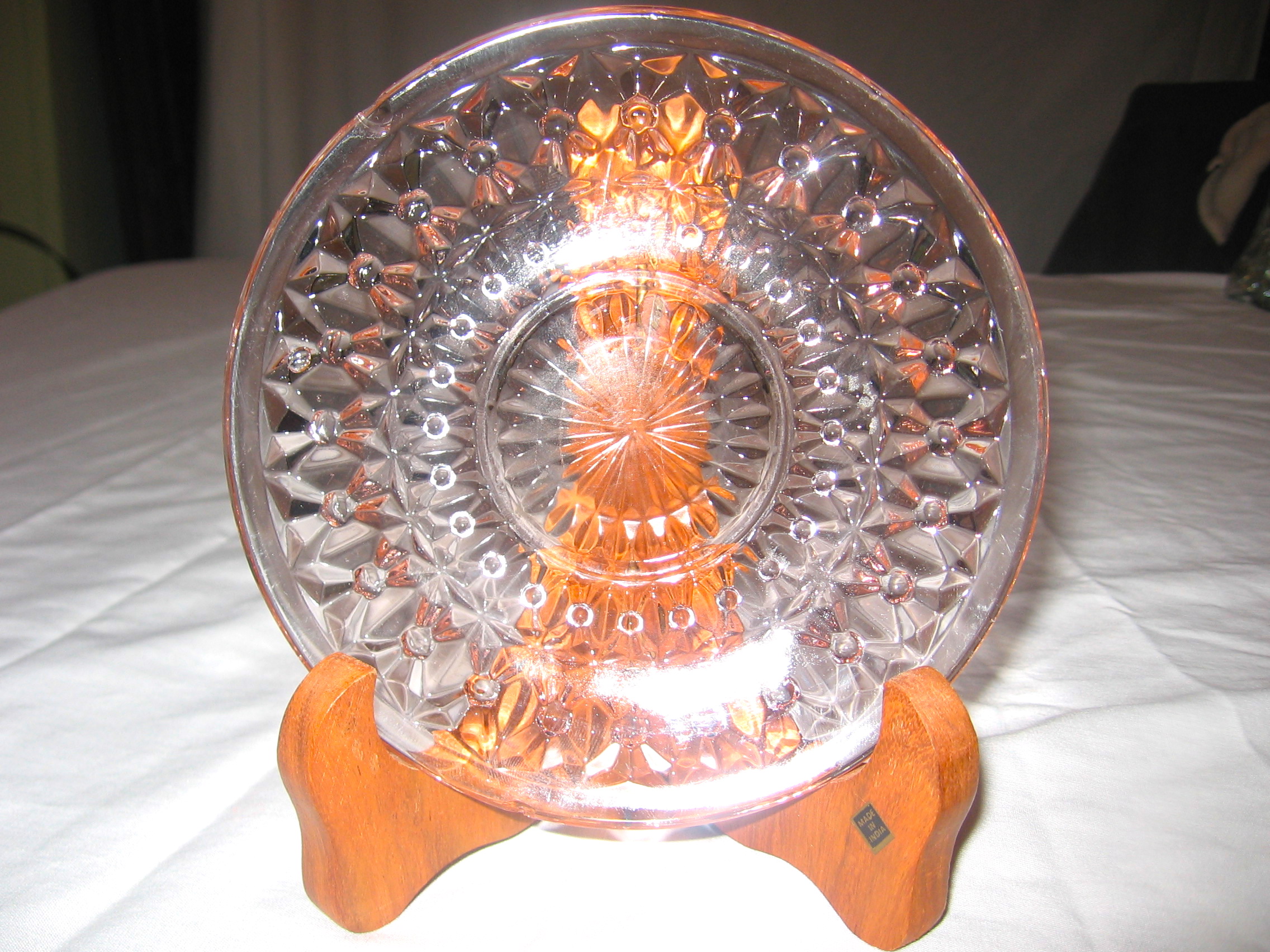
According to Glass Bottle Marks, many of the so-called authentic Depression glass on sale around the web today was actually made in just the last few years.
The copies try to slip by with descriptions like, "Depression era-style" or "Depression style," so keep a sharp eye if investing in any pieces for yourself.
11. You Might Be Sitting On Thousands In Profit
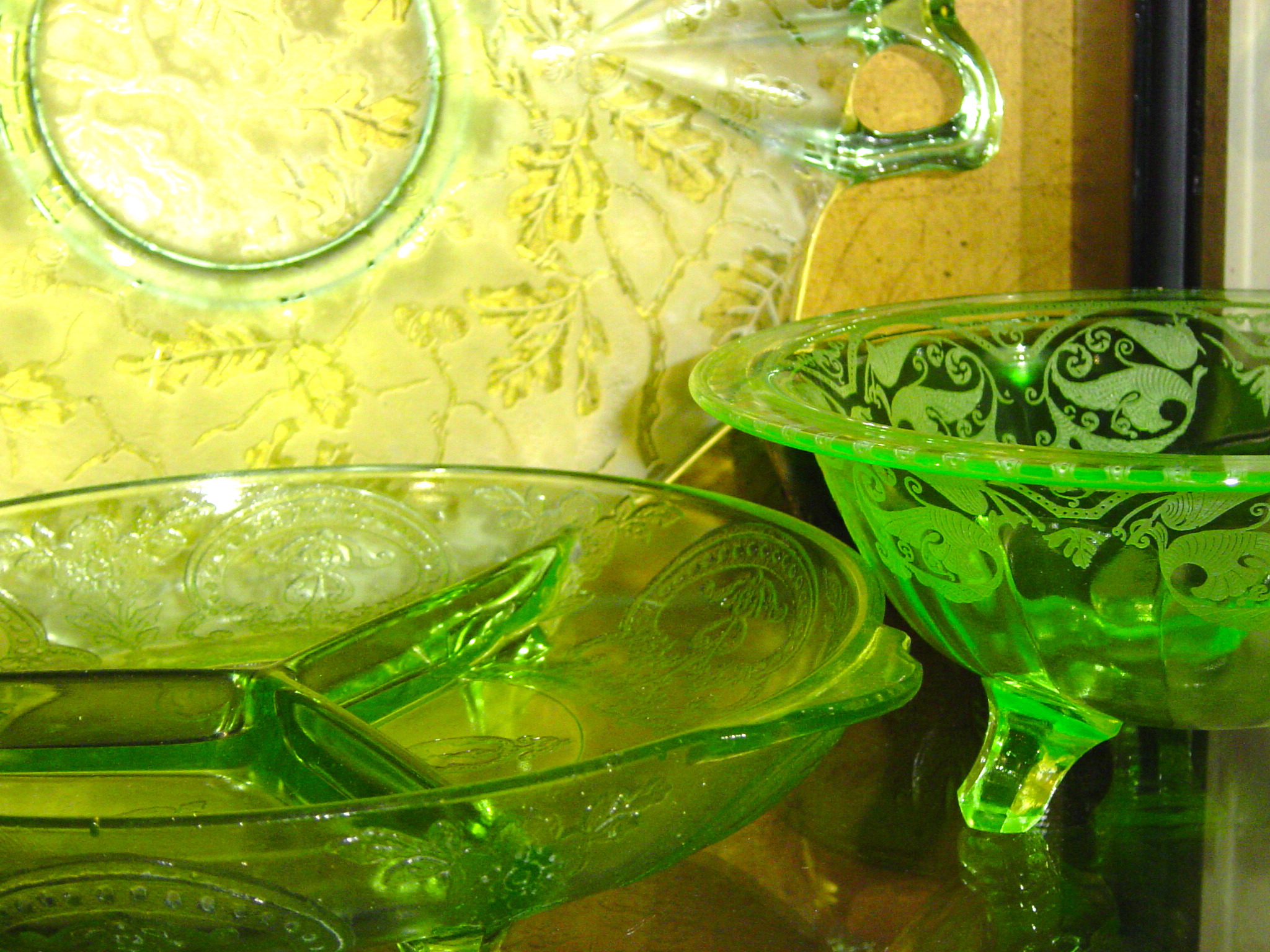
A quick search on eBay shows some single items going for as much as $4,000, depending on the authenticity and manufacturer. On the other hand, there are some being offered for just a few dollars for a full set.
It's definitely worth taking an extra-close look at any of these items you might have gathering dust in your home to see if they might help you earn some mega-cash.
Did you know all of these facts about Depression glass? Be sure to SHARE the surprising info with your friends on Facebook!


